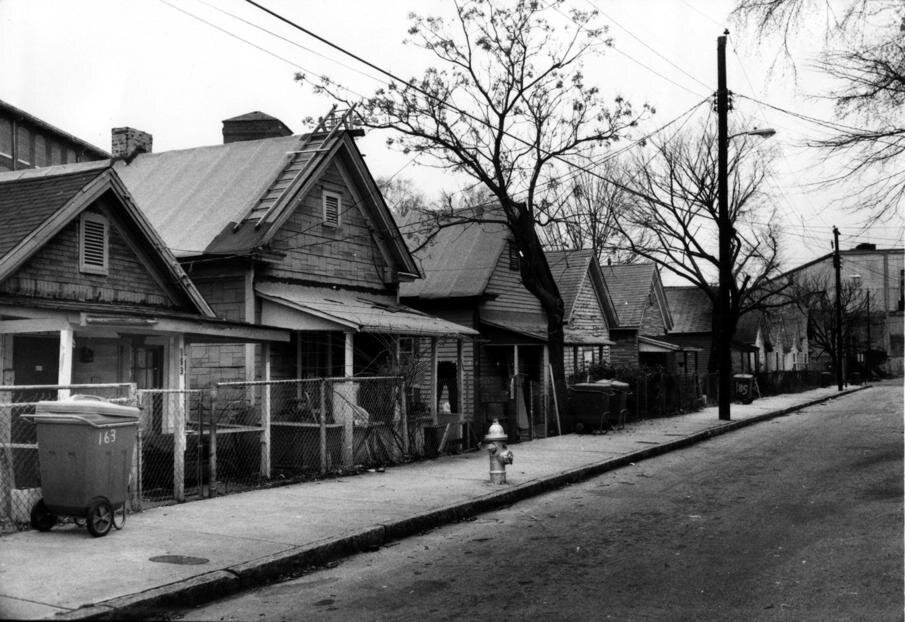The Worker’s Cottages of Cabbagetown
When walking through Cabbagetown, you can’t help but notice the large number of small, one-storey, cottage-like homes. Many of these were either influenced by or are strict forms of the Working-Man’s Cottage (also known as the “Worker’s Cottage”). Just what are these Worker’s Cottages and how is it that so many still exist in Cabbagetown today?
In the late 1800’s the most common form of small house in Ontario, Canada and much of the US, was the Worker’s Cottage. This design was influenced by British and American architects who were trying to reduce the unsanitary and crowded conditions of working-class housing. A model cottage was built at the Crystal Palace industrial exhibition in London in 1851. After that, it started making frequent appearances in construction pattern books and magazines that were used all over North America and Britain. It was featured in Canadian Farmer in 1865. Worker’s Cottages had innovations such as water, internal sanitation, fresh air and separate bedrooms for children, although sanitation was treated as an option in many cases.
Upon the publication of a Canada Farmer issue in 1965, many Ontarians wanted to construct their homes in a similar fashion, often influenced by other popular styles of the time. In Cabbagetown, there was a style of worker’s cottage that was built combining the fashion of Second Empire, Gregorian, and other popular Victorian styles. Also built in Cabbagetown was the Wellesley Cottage, which was largely traditional and admired for its natural appearance. No matter what combination resulted, the outcome was usually pleasing. The early developers of the cottage designs were also trying to raise the spiritual lives of what they would consider the lower classes by improving the aesthetics of their experience. These houses were intended to be simple, efficient, economical and beautiful.
The Worker’s Cottages of Cabbagetown emit vibes of a small Victorian village, hidden off the main path, both beautiful and undisturbed. These properties are idealistic examples of the Worker’s Cottage: one-storey, narrow lot characterized by a steeply pitched gable facing the street. In addition, the properties are all divided by suburban white picket fences, a touch of modern life. Most of these homes are made from the same materials (wood or stone) and are true forms of the worker’s cottage style.
The first threat to the Worker’s Cottages in Cabbagetown came in the 1950s, but local opposition prevented mansions and cottages from being sacrificed to a Don Valley Parkway exit. Developers also lurked.
In the 1960s, developers began to buy up properties, hoping to raze the area and build high rise apartments. A Reform Council was elected by the local government and they imposed a height by-law. In doing so, the developers began to sell these properties. This large stock of decayed, but largely untouched, Victorian housing was discovered by realtors and renovators who, attracted by low prices and the area’s history, began to move in and restore these historic houses. This began a process that today makes Cabbagetown one of the most beautiful and sought-after residential areas of Toronto.
In 1987, to prevent any future threat of destruction, a group of concerned citizens created the Cabbagetown Preservation Association (CPA) to fight to preserve the area’s architectural integrity and historic character, making Cabbagetown the beautiful community we see today.
In the early 2000s, following the CPA’s efforts, the City of Toronto designated Cabbagetown as a Heritage Conservation District (HCD). Today, much of the area has been designated as an HCD which has strict guidelines. Thanks to these guidelines, we are able to continue to enjoy Cabbagetown’s unique architecture and heritage.





